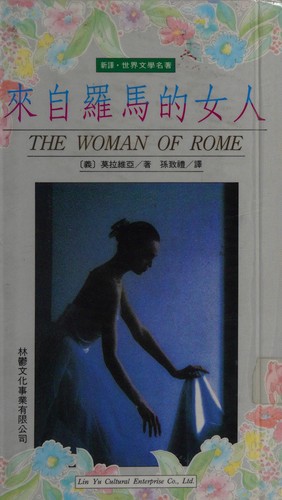479, pagine
lingua Chinese
Pubblicato il 25 Luglio 1994

479, pagine
lingua Chinese
Pubblicato il 25 Luglio 1994
The glitter and cynicism of Rome under Mussolini provide the background of what is probably Alberto Moravia’s best and best-known novel — The Woman of Rome. It’s the story of Adriana, a simple girl with no fortune but her beauty who models naked for a painter, accepts gifts from men, and could never quite identify the moment when she traded her private dream of home and children for the life of a prostitute.
One of the very few novels of the twentieth century which can be ranked with the work of Dostoevsky, The Woman of Rome also tells the stories of the tortured university student Giacomo, a failed revolutionary who refuses to admit his love for Adriana; of the sinister figure of Astarita, the Secret Police officer obsessed with Adriana; and of the coarse and brutal criminal, Sonzogno, who treats Adriana as his private property. Within this story of passion …
The glitter and cynicism of Rome under Mussolini provide the background of what is probably Alberto Moravia’s best and best-known novel — The Woman of Rome. It’s the story of Adriana, a simple girl with no fortune but her beauty who models naked for a painter, accepts gifts from men, and could never quite identify the moment when she traded her private dream of home and children for the life of a prostitute.
One of the very few novels of the twentieth century which can be ranked with the work of Dostoevsky, The Woman of Rome also tells the stories of the tortured university student Giacomo, a failed revolutionary who refuses to admit his love for Adriana; of the sinister figure of Astarita, the Secret Police officer obsessed with Adriana; and of the coarse and brutal criminal, Sonzogno, who treats Adriana as his private property. Within this story of passion and betrayal, Moravia calmly strips away the pride and arrogance hiding the corrupt heart of Italian Fascism.